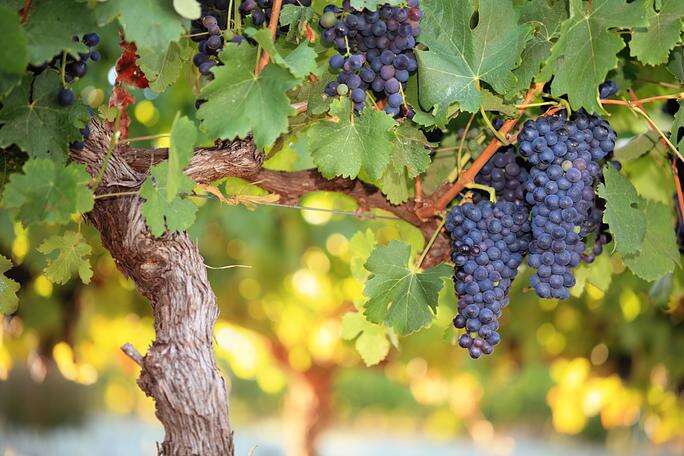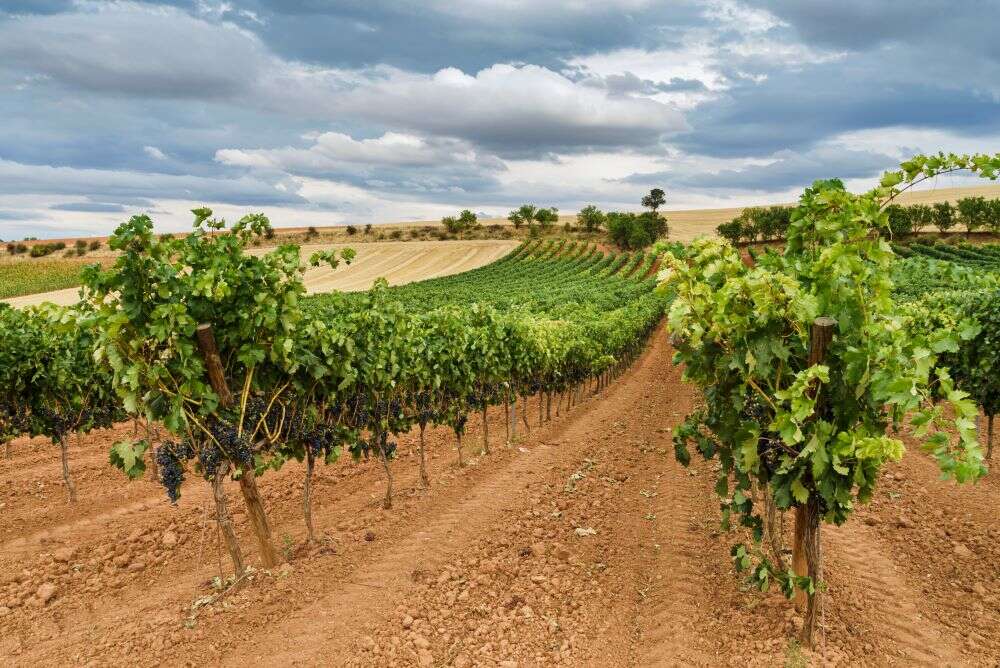
Vineyards with gnarled, weathered, century-old vines evoke an emotional response. Even the most technology-oriented vintners get misty-eyed with affection as they pat the ones that resemble ancient bonsai trees.
That’s partly because grapes for many of the world’s great wines, like Australia’s famous Henschke Hill of Grace Shiraz, come from these survivors. Vines 50 to 100 years old yield concentrated, distinctive reds and whites with a special intensity and complexity of flavor. They’re also part of today’s quest for sustainability.
Old vineyards represent the more traditional, environmentally friendly way of farming before herbicides and pesticides. Over time, their roots burrowed deep to find water, so they thrive without irrigation during the heat waves and drought of climate change. Many vineyards have a mix of grapes that include forgotten varieties more adaptable to the future than, for example, popular Pinot Noir. Spain’s Miguel Torres has spent three decades rescuing nearly extinct ancestral varieties, finding several that are seriously drought resistant and that make delicious wine.
[See also: The Most Beautiful Wineries to Visit in France]

Another European champion is Peter Sisseck, the visionary Danish winemaker who created expensive Spanish cult wine Pingus. In 2006, he saw old Tempranillo and Garnacha vineyards in the Ribera del Duero region disappearing and created his utopian PSI (named after the 23rd letter of the Greek alphabet) project. To encourage local farmers to preserve plots of low-yielding historic vines instead of ripping them out to plant more productive ones, he pays top dollar for the grapes that go into his PSI cuvée.
There’s no definition of ‘old vine.’ Australia’s Barossa region, home to some of the oldest vines in the world, established an Old Vine Charter in 2009 to register them by age. Those 70 years and older are dubbed ‘Survivor’; at 100, they’re called ‘Centenarian’; and at 125, they become ‘Ancestor.’ The latter two are at the heart of Henschke Hill of Grace vineyard in Eden Valley, where the oldest vines are nicknamed ‘the Grandfathers.’
[See also: The Best Sipping Tequila Brands in the World]
Plots of similarly aged vines exist from Chile’s Maule Valley to California’s Lodi appellation, with 19th-century Zinfandel and Cinsault plantings. True believers began creating organizations to register these plots officially two decades ago in order to preserve their histories. Besides Australia, South Africa started its old vine mapping project in 2002, while California launched The Historic Vineyard Society in 2011. The most recent initiative is the UK’s Old Vine Conference, which aims to galvanize a global movement.
The best way to support it, though, is to drink old vine wines.
[See also: Château Quintus: Exceptional Reds from an Unbeatable Terroir]
Take Two: Old Vine Wines

2020 Dominio De Pingus PSI
The Tempranillo and Garnacha grapes for Sisseck’s modestly priced early drinking red cuvée come from hundreds of old vine plots in about 20 different villages of Spain’s Ribera del Duero. This crowd-pleasing vintage is vibrant and juicy, with savoryspicy layers of flavor and a surprisingly silky texture.
From $40, pingus.es
2-16 Henschke Hill of Grace Shiraz
Wildly expensive and highly collectible, this luscious red comes from one of Australia’s most famous old vineyards, where some vines are 160 years old. The red and black fruit intensity is laced with mineral notes; there’s a swirl of heady fruit aromas and a long persistent finish.
From $640, henschke.com.au
[See also: Sacha Lichine on Introducing Rosé to the World]






